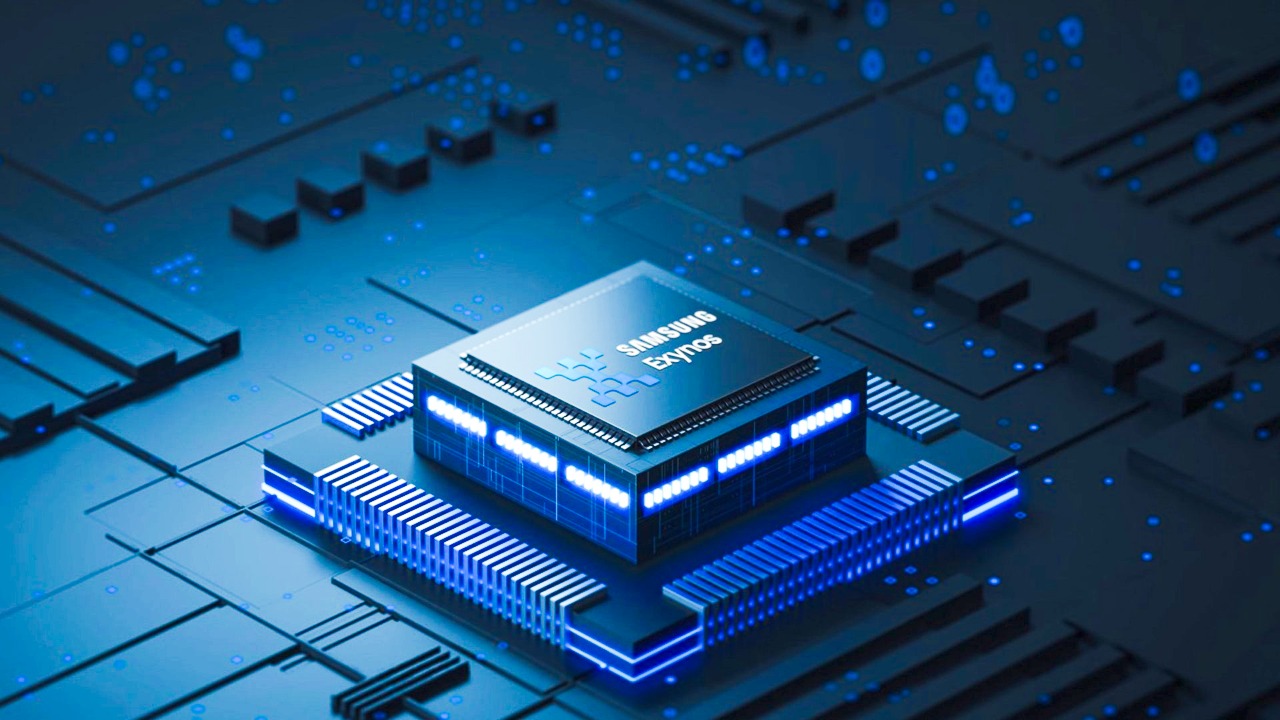

The first claimed benchmarks of the Exynos 2200 chip that's expected to be used in the Samsung Galaxy S22 have appeared online, and they suggested a gigantic leap forward for the Samsung's chips when it comes to graphics power. Such a big leap, in fact, that the new chip might even beat the iPhone 13 for performance, and given how long Apple has been the leader for mobile might, this would be quite an upset.
However, looking at the benchmarks and the stage the processor is at, Samsung and Android fans shouldn't start gloating about the decline of Apple just yet, because there are a few reasons they could turn out to be too good to be true.
Still, what we're seeing is massively impressive. Samsung is working with AMD on the GPUs for its next chips, and it's clearly having the desired result. AMD has created 'mRDNA 2' technology for this chip, which is basically a customised version of the RDNA 2 graphics tech that powers the PS5 and Xbox Series X, and is also what's making the Steam Deck such a juicy proposition.
Leaked by user FrontTron on Twitter (via Tom's Guide), the figures show the Exynos' scores beating the Apple A14 (as used in the iPhone 12 and iPhone 12 Pro) by 40% - 50% in multiple GFXBench benchmarks.
That's a huge margin, but there's one initial wrinkle: the A14 figures given by 'Tron' don't quite match with the kinds of figures you see when you look up benchmarks on the GFXBench site for the iPhone 12. Tron says the A14 hits 120fps for the 'Manhattan 3.1' benchmark, while the Exynos hits 170fps… except I'm seeing a score of 147fps for the iPhone 12.
Similarly, Tron says that the Exynos gets 121fps in the 'Aztec Normal' benchmark and the A14 gets 80fps, but that link shows 105fps for the A14.
That obviously still gives the Exynos 2200 in the lead over the A14, but that shouldn't be a surprise: it's a chip from 2020 after all! The big question is whether the Exynos could beat the expected performance of the A15 chip we'll see in the iPhone 13. If it really was 50% faster than the A14, then it almost certainly would be. But based on those higher Apple benchmarks I linked to, that may not be the case.
Get all the latest news, reviews, deals and buying guides on gorgeous tech, home and active products from the T3 experts
The A14 delivered 10% - 20% improvements over the A13, depending on the test, so if we see the same increase from the A14 to the A15, its performance will probably be right in line with the Exynos.
That's still a pretty great result from the Exynos, but there are more reasons to be concerned as to whether it'll hit these heights in practice, and it's possible Apple might even leap further ahead.
Early tests, and the Exynos problem
So, one thing to note is that we don't know what conditions these leaked benchmarks were conducted under. Did the Exynos 2200 chip have the same power and heat limits that it would in a real phone, or was it running at higher voltage with more airflow just to see what it can do? Because that would affect the final results a lot.
Is this version of the Exynos the final version that would be in a phone? It's listed as having six CUs in the GPU, which could be a beefier configuration aimed at tablets or even laptops. I'm inclined to think this is what Samsung is planning to put in a phone, but we don't know for certain.
And then there's the fact that Exynos chips are only used in Samsung phones in some regions, while in the US, for example, Samsung uses Qualcomm chips. So even if the Exynos 2200 turns out to be a a total game-changer, not everyone will get to enjoy what it can do.
And finally, when it comes to it purely being a competition between the Samsung and Apple for technical superiority, Apple does have another trick up its sleeve that it could deploy, and would cause it to blow right past the Exynos.
The Exynos has six CUs – a CU is basically the 'sub-unit' that AMD GPUs are made from. You have a load of identical CUs all working together to provide your total power. In Apple's GPUs, it calls its equivalent sub-units 'cores', and the A14 only has four of them. Apple could change nothing about its GPU in the A15 other than adding two more cores, and performance would improve by around 50%. I don't think it'll do this, but it's a reminder that Apple isn't messing around when it comes to mobile performance, even in the face of a GPU master like AMD.

Matt is T3's former AV and Smart Home Editor (UK), master of all things audiovisual, overseeing our TV, speakers and headphones coverage. He also covered smart home products and large appliances, as well as our toys and games articles. He's can explain both what Dolby Vision IQ is and why the Lego you're building doesn't fit together the way the instructions say, so is truly invaluable. Matt has worked for tech publications for over 10 years, in print and online, including running T3's print magazine and launching its most recent redesign. He's also contributed to a huge number of tech and gaming titles over the years. Say hello if you see him roaming the halls at CES, IFA or Toy Fair. Matt now works for our sister title TechRadar.